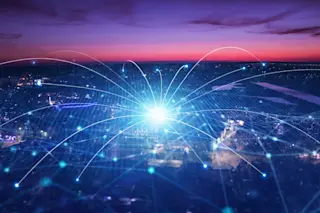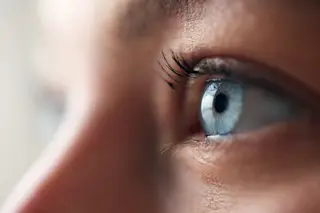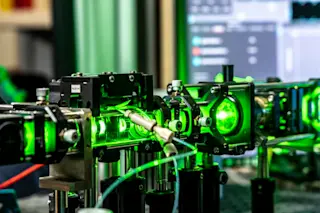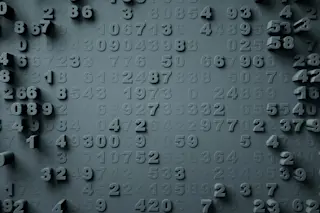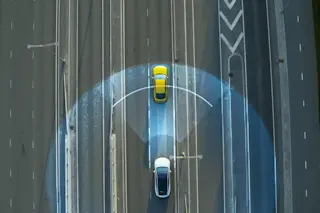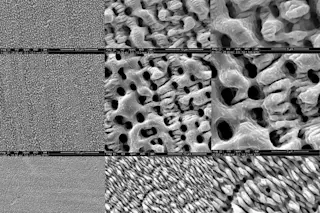Antiterror spending has inspired a mad dash to perfect cutting-edge devices such as iris scanners and facial recognition systems, yet the most effective way to identify people is also one of the most familiar: fingerprinting. “Right now it’s the best thing going,” says mathematician Charles Wilson, who led a two-year study at the National Institute of Standards and Technology on the efficacy of fingerprint-matching equipment. Using data from the Department of Homeland Security’s catalog of more than 68 million prints, Wilson’s team determined that the latest readers—which scan a person’s prints directly, without using ink—are 99.6 percent accurate. Facial ID systems are 90 percent accurate at best. What’s more, when jacked into the homeland security database, fingerprinting fails to tag suspicious individuals just once every 1,000 times.
The Patriot Act now requires airport security to screen all incoming non–U.S. citizens (excluding Mexicans and Canadians) by scanning each person’s digitized photograph ...



